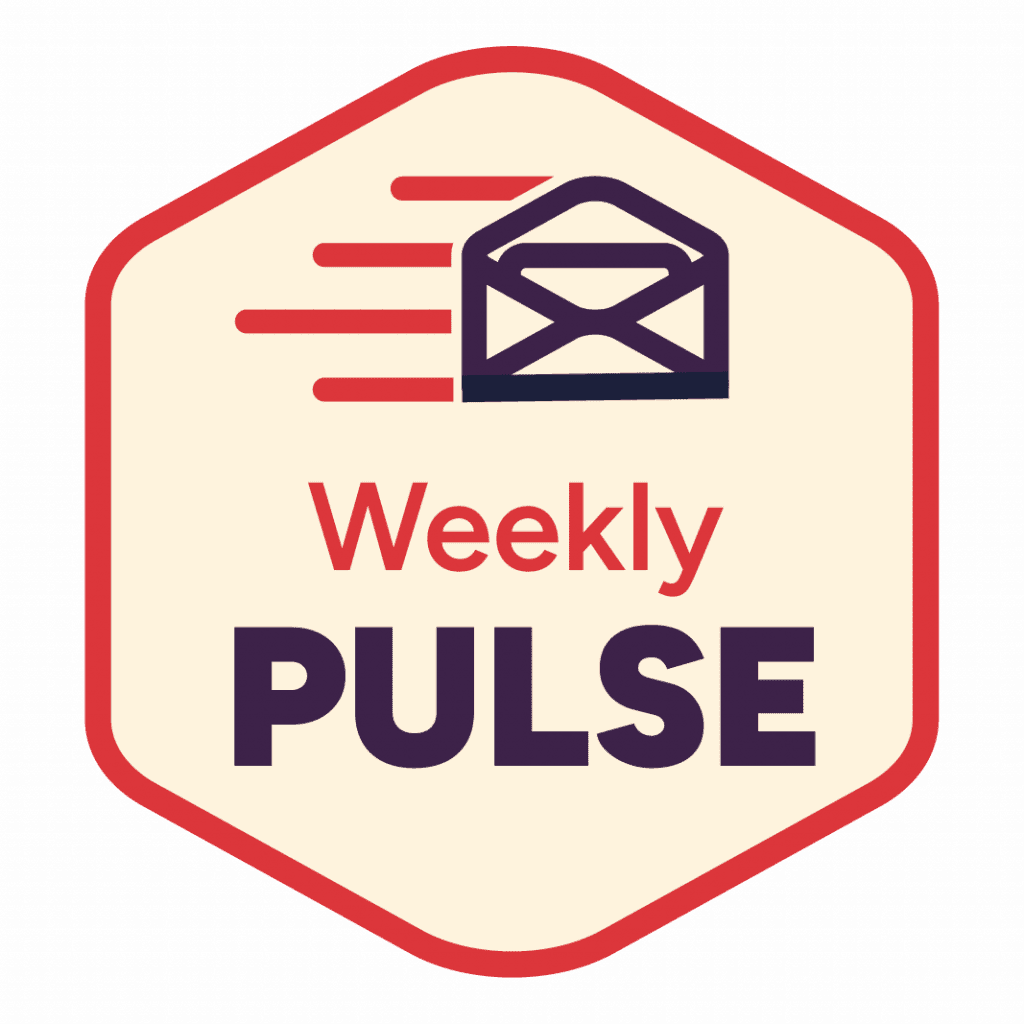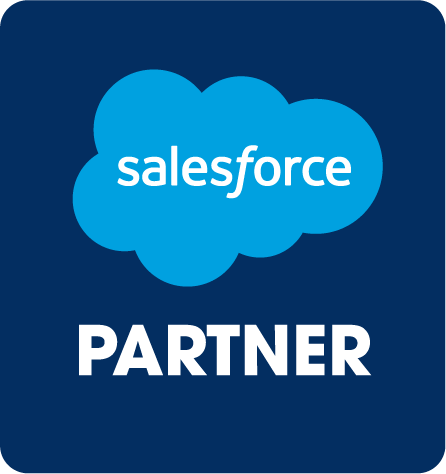
As an HR professional, it’s important to understand at which points you’ll be involved in a Salesforce project and what will be expected of you at different stages.
Any successful Salesforce development cycle will need input and participation from all core functions within a business, and as the backbone of the employee experience, HR plays a vital role from the word ‘go’.
But what exactly will be expected of you and your department during a development lifecycle? When and why does HR get involved, and to what extent?
There are two key parts of the Salesforce development lifecycle that you actually need to be familiar with: requirements gathering, which happens in the release planning stage, and the testing stage. We’ll delve a little deeper into these two stages, while getting a bird’s-eye view of the lifecycle as a whole.
Release planning
This initial step involves gathering requirements from all relevant parties, analyzing them, and building a strategy that’ll guide the business throughout the project. The overall plan should include details about design specifications for development and quality assurance (QA) environments the team requires as the cycle moves forward.
When it comes to requirements gathering, HR has an unrivalled view and understanding of what employees across the company need, what their pain points are, and how they can be remedied or at the very least alleviated. At this stage, it’s vital to have all the requirements collated into one master document; having everything in one place will minimize the margin for error when it comes to submitting those requirements at a later stage.
Requirements gathering comes in many forms and you may find that not all of them apply to or make sense for your business; from brainstorming and focus groups to interviews, workshops, anonymous surveys and beyond, feel free to mix and match a few different methods to find a process that works for you. The aim here is to maximize feedback and cover as much ground as possible at this early but crucial stage in the journey.
Envision your ideal system and base your ‘wish list’ off of that, but be aware that not everything on your list may be feasible. When liaising with your technical team, it’s important to go in with a clear idea of what you want, but with an open mind too. A CRM isn’t a magic bullet, so you shouldn’t expect to get everything you want.
Lauren Claydon is Global Head of HR at Mason Frank International, and believes thorough planning with project sponsors during the requirements gathering stage ensured the solution was perfectly matched with the goals of the HR department, even if it didn’t ultimately serve all aspects of the original requirements document.
“With the business already using Salesforce, we needed a self-serve HR solution built on the back of the platform. In an ideal world you’ll have one system to rule them all, so there’s one set of data that is consistent and readily accessible across different products.”
“We put together a requirements document around what we needed in an HR system, and worked through this with our technical team to find a solution that satisfied as many of our needs as possible. Our requirements were subsequently split up into four categories based on priority: must have, should have, could have, and won’t have.”
“We actually decided on a solution outside of our requirements. We were initially looking for a combination HR and payroll system, but settled on just HR functions after discussing our needs at length with the technical team. Having this dialogue is essential, as you need to strike the right balance between idealism and practicality. As long as you reach a solution that’s universally beneficial, the eventual delivery of the project doesn’t have to meet the specification in your requirements perfectly.”


Lauren Claydon, Global Head of HR at Mason Frank International
“We put together a requirements document around what we needed in an HR system, and worked through this with our technical team to find a solution that satisfied as many of our needs as possible. Our requirements were subsequently split up into four categories based on priority: must have, should have, could have, and won’t have.”
Development
Once the work is done according to specification, and has been run through a development sandbox, it’s time to see how it works in action by deploying a production org. A production org is a live setup of Salesforce, populated with your company’s real data, that a user can log into and operate in. From there, the CRM is further developed using a host of customizable tools via Lightning Platform.
Testing
Here, you’ll go through any changes made in the development stage, checking that everything works just as it should before the Salesforce platform is unveiled for use across the business. At this stage, testing should focus on each individual change, and not how those changes might affect the rest of the release.
You’ve been instrumental in gathering requirements for this project, so it makes perfect sense for the HR team to get pre-launch access to the software in that all-important testing stage to make sure nothing falls through the net before go-live.
Brief relevant parties on the solution, outline exactly what they should be testing, and give them a way to provide feedback that’ll be easy for you to work through and collate. Set clear deadlines for feedback from key stakeholders in your department to stay on track and encourage engagement.
Phoebe Aitken is Senior Human Resource Specialist at Voices, the largest online marketplace for voiceover services. After working with the technical team to outline requirements and choose a solution, Phoebe and other department heads had the opportunity to test the new product’s functionality before it was circulated across the business.
“As well as being involved in the initial discovery and requirements gathering stage, we were also able to do some testing to ensure the solution was in good shape, and to get some experience navigating it before go-live. Department heads were briefed on the new solution, the type of things they should be testing, which bugs and shortcomings to look for, and how to provide feedback if they discovered any issues.
“We needed to ensure all reporting functions worked properly and that the product integrated with our systems, and we had the opportunity to test this before the solution was rolled out.
“With each department approaching the solution from different angles, we were able to get full visibility on the new product and test it thoroughly before moving forward. An example of this is when we introduced a new phone system for the sales team which linked directly to Salesforce. While the new product was for their benefit, and they tested to ensure calls were logged and data captured properly, we still had an interest in this for performance management purposes.”


Phoebe Aitken, Senior Human Resource Specialist at Voices
“As well as being involved in the initial discovery and requirements gathering stage, we were also able to do some testing to ensure the solution was in good shape, and to get some experience navigating it before go-live. Department heads were briefed on the new solution, the type of things they should be testing, which bugs and shortcomings to look for, and how to provide feedback if they discovered any issues.”
Build release
Collect everything you’ve created or changed during development into one release bundle that will eventually be deployed. Now it’s time to focus all your attention on the release as a whole rather than its individual components.
Test release
It’s time to test, test, then test again in a safe user setting, called a ‘staging environment’. This part of the process requires input and feedback from a select number of employees with experience in the day-to-day operations that the software will cover.
Release
When the testing stage is done and dusted, and all quality standards have been met, it’s time to deploy that version to production. Employee training across the wider business usually follows this stage, and it critical to a successful Salesforce roll out.
We hope you found our introduction to the Salesforce development lifecycle useful. While not all stages will inherently require the input of HR staff, it’s important you know when and how you will be involved so you can prepare your resources and workload around it.
Interested in a free consultation around staffing a Salesforce project?
Contact Mason Frank today to learn how to source the highest caliber of Salesforce talent to ensure your project is completed as quickly and efficiently as possible.


